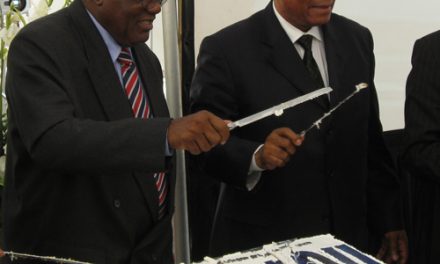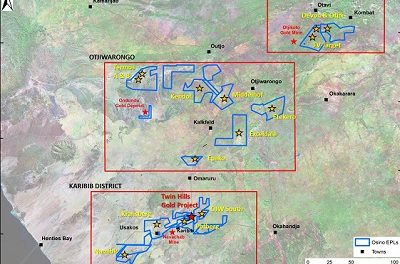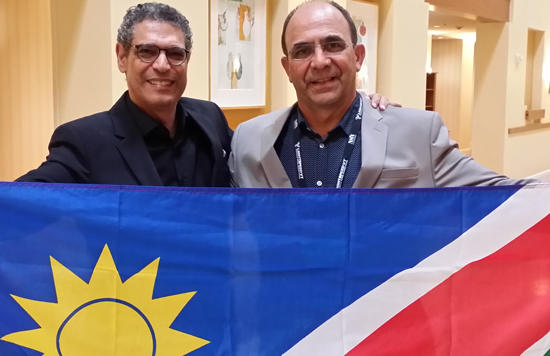
Transmission infrastructure under-utilised – ECB
ECB Chief Siseho Simasiku has described the under-utilisation of the country’s transmission assets despite major investments as worrisome.
Simasiku said the under-utilsation is resulting in the ever-widening divergence between key government policy objectives expressed in the white paper on Energy Policy 1998 and the practical manifestations in the Namibian ESI.
The utilisation of the 400kv interconnector to South Africa currently stands at 41% while the utilisation level of the N$3 billion Caprivi Link Interconnector is at 50 MW, a sixth of the power that it can transmit.
Simasiku said the interconnector assets represent a significant percentage of the total asset value the consumer pays for in electricity tariffs, but with significantly reduced benefit to the consumer.
In total, Namibia has installed interconnectors with a total capacity of 900MW. Despite this investment, key objectives and targets of the energy policy, especially in respect of installed generation capacity, remain unrealised and the transmission infrastructure significantly underutilised.
Simasiku said: “When Government in its Energy Policy set a target figure of 75% of our electricity consumption and 100% of peak demand to be locally generated by 2010, security of supply was the underlying driver. On the ground, though, our implementation strategies and programmes are driven by the Least Cost Option principle. As a result, although our consumption has risen by over 80% since that policy was issued in 1998 our local generation capacity for base load has remained virtually unchanged leading to an escalation of import dependency to 60% of our consumption on average.”
In the ECB’s 2011/12 financial year, Namibia imported about 60% of its electricity requirements, a sharp contrast to the 25% target stipulated in the energy policy. By the close of the financial year, Namibia’s electricity consumption stood at 3543 Gwh per annum compared to 1904 Gwh in 1998, an increase of 86% while the country’s installed generation capacity marginally increased by 9MW from 384 MW in 1998 to 393MW last year, falling far short of the policy target.
Simasiku added: “It is essential that we the implementers of Government policy not only understand and interpret the policy correctly, but that we do contextualise the policy provisions as we translate policy into programmes and projects. Contextualising the policy provisions enables us to understand the requisite intent of the policy maker.”
He said the fact that most wars in the world today are fought over energy resources speaks volumes on the importance of energy adequacy and sustainability in our country as well adding that energy should never take second place.
Despite his concerns, Simasiku said the Caprivi interconnectors is undoubtedly a valuable asset which would have cost much more if construction had been deferred to a later date for whatever reason.
“Potentially, it offers an opportunity for Namibia to export power to the North -Eastern neighbours (Botswana, Zambia and Zimbabwe) the moment Namibia will be having excess power or when it becomes a net exporter since the external demand for power exists permanently due to the perennial regional shortfall,” he said.












































